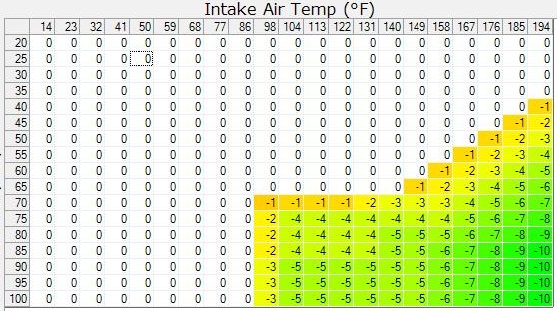Oil Pressure Sensor & Oil Accumulator
For an aftermarket oil pressure sensor and/or oil accumulator the following ports should be used. They are primary oil passages, showing oil pressure at the crank, rods, cam, and general “lower end” of the engine. The factory oil pressure sensor that is located in the rear, behind the intake manifold is a secondary passage and for the ECM. Although aftermarket billet aluminum blocks can be bought, the factory port block near the oil filter can be easily drilled and tapped to standard NPT threads for access to the primary oil passage. Otherwise use the forward port shown below with metric to standard adapter.
For any kind of
rock-crawling application I HIGHLY recommend the use of an oil
accumulator. The Moroso or Canton 3
quart versions are the best: MOR-23900
Radiator
The key to an adequate cooling system is a radiator with a proper fan shroud, and an electric fan will do that (see below). These engines do not require extra large cooling systems. The heads are aluminum, the water pump flows well, and they generally dissipate heat easily. A generic 2-row aluminum radiator in the 24” wide range is usually enough, but if you have additional room, us it. A dual bypass radiator can add an additional 10% off cooling or so. A dual bypass with the inlet/outlet on the passenger side is configured well to the GENIII coolant ports.
Cold Air Intake – VERY IMPORTANT
All consideration should be taken to allow the coolest air possible to enter the engine intake. If there is not a radiator right in front of the intake, an air filter can be attached right to the throttle body. Otherwise an intake system should be designed to draw air from the side / front of the vehicle. Behind one of the headlights is a common place. The hot air from the radiator entering the engines intake will dramatically reduce horsepower in the upper rpm range. As seen from in the timing table of engine load vs intake air temp, as much as 10 degrees of timing will be removed with an air intake temperature of 190 degrees. In testing, even well laid out systems often see 120 degrees. So pay close attention to this in your design. The cooler the intake charge = FREE horsepower.



